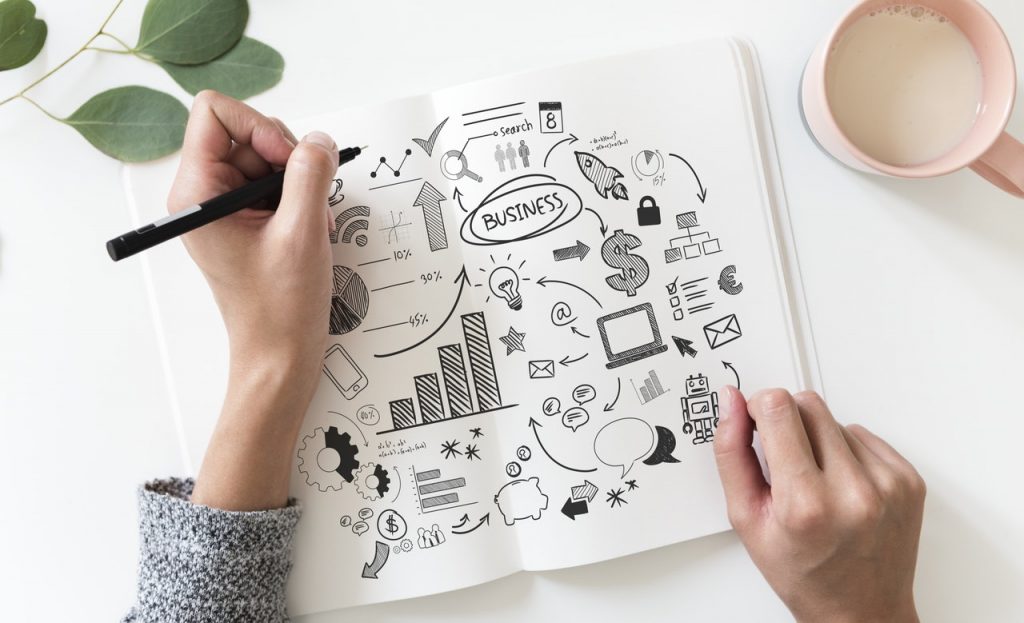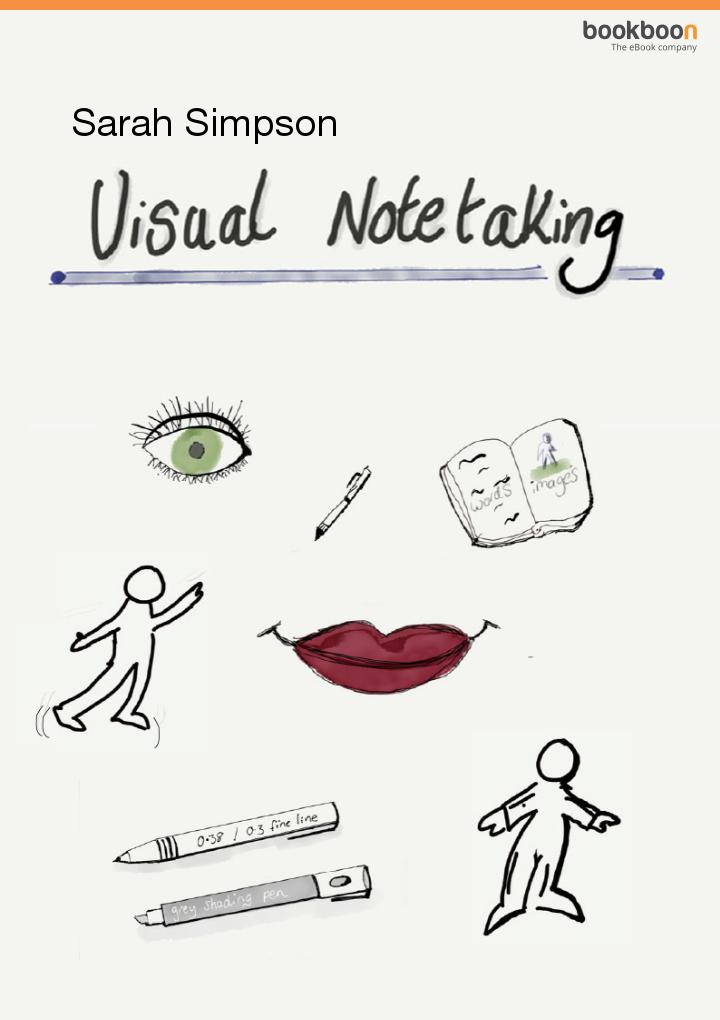Visual notetaking essentials: A picture really does paint a thousand words

Do you want to be able to capture large amounts of information in a short space of time? Visual notetaking describes the real time process of converting what you; see, think and hear, into a series of images and words. This holistic approach will have you creating visually stunning, useful and engaging notes in no time.
What is visual notetaking?
Visual note taking describes the real-time process of converting what you; see, think and hear, into a series of images and words. You are using a holistic approach to process and consider these in order to capture the main points and ‘big ideas’.
What will I need?
Visual notetaking can be done with only a piece of paper and a pen / pencil. Or, you can use electronic device and stylus options. It really is up to you, but some of your considerations in choosing your method may include; financial outlay, environment (for example, the lighting conditions), whether your visual notes are to be shared and ease of use.
Why does visual notetaking work?
Dual coding theory (Allan Paivio, 1971), states that we have two cognitive subsystems. One for representing and processing imagery and the other for language. Therefore, the process of visual notetaking engages both of these subsystems, which makes it such an incredibly powerful tool.
Experiments conducted by Paivio, show the importance of imagery in cognitive operations.
For example, when people were asked to distinguish pairs of objects in terms of their ‘roundness’, response times for picture-picture combinations were fastest than picture-word or word-word.
Another way of thinking about visual notetaking is to take the example of capturing a meeting. You could, of course, use traditional notes consisting of words and paragraphs. However, you could only understand what was said by reading them. If you, on the other hand, captured this meeting using visual notetaking, you would create an image that not only captured what was said, but how it was said and the level of agreement and / or disagreement. Anyone looking at this image, would also be able to ascertain quickly a holistic view of the event.
Why use visual notetaking?
Visual notetaking has many benefits, which include:
- Providing an overview, or summary of an interaction or event
- Organising your thoughts, impressions and information
- Whole brain engagement, which could improve your recall and memory
- Highlighting important relevant information
- Demonstrating connections, linkages and patterns; ‘big picture thinking’
- Communicating large amounts of information in a single image
- Imagery being more visual than words alone
Can’t draw?!
“But, I can’t draw”, I hear you say. Well, the good news is, you don’t have to! Using the 5 basic shapes of; circle, square, triangle, line and dot, this holistic approach will have you creating striking and valuable visual notes in no time. Everything you will need to draw and capture is essentially made up of these shapes.
Visual notetaking also utilises the phenomenon or Paredolia. Although you may not have heard of this, you will almost certainly have experienced it. It is described as “the tendency to perceive a specific, often meaningful image in a random
or ambiguous visual pattern”. Examples of this would include the Rorschach inkblot test, or seeing faces in everyday items.
In conclusion, you have nothing to lose by giving it a go.
See it, think it, hear it, draw it!
Happy visual notetaking!
